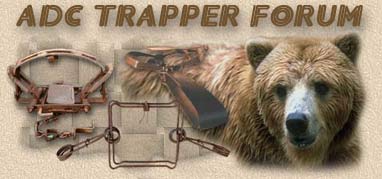We deal with quite a few exotics every year, never any venomous species as of yet. Most are Ball Pythons, with the remainder being either Columbian Red Tails, or the really large ones turn out to be Burmese Pythons, the largest in the 15 foot range. We did remove one Emerald Tree Boa a couple years back that was extremely aggressive, and eventually bit the handler we had turned it over to. They survive very well up here indoors, especially in apt. complex's where they get loose and live inside the walls feeding on mice. We have taken multiple Ball Pythons that have been located in those situations by plumbers, doing repair work under kitchen sinks. Last year we removed a 10 + foot healthy Red Tailed Boa from a ladies garage over the summer. Later that year I received a call from it's owner, who had heard I removed a snake that fit the time frame, and description of the one he had lost. If it was the same snake, and I am sure it was, it went over 5 miles through urban and high traffic areas without being noticed. A couple weeks ago we got a call about a snake that had been captured while trying to eat a small puppy on the south side of Syracuse. They had it in a storage tote when we got there, it turned out to be a 4-5 foot Ball Python. We have no idea where that one came from. Many years ago we took a massive Burmese off the Syracuse University Campus, it was under the crawl space of one of the dorms, the best they could figure was one of the students had it as a pet, and when they graduated after 4 years of feeding it, as a joke they turned it loose under there. A few years back we took a 5- 6 foot Green Iguana from the third floor of an apartment complex, it had climbed up the ivy on the exterior wall, into an open window, and a lady found it in her babies crib. It was so large I had to snare pole it. If you know the right contacts, most of these are extremely easy to find a buyer for, the Iguana was an extra 100.00 on top of the removal fee, and it was sold before we even captured it. We are set up at our home to care for them until we can either sell them, or adopt them out to a responsible and competent new owner.
In this day and age, when more people are over here from all types of foreign countries, we try to be very careful before approaching any snake, and try to stay updated and informed on the identification of them. You never know what you may encounter anymore. I'd like to hear from some of the operators in southern states, especially south Florida, as to the amount, and type of exotics they encounter. One of the more interesting parts of doing this type of work.



